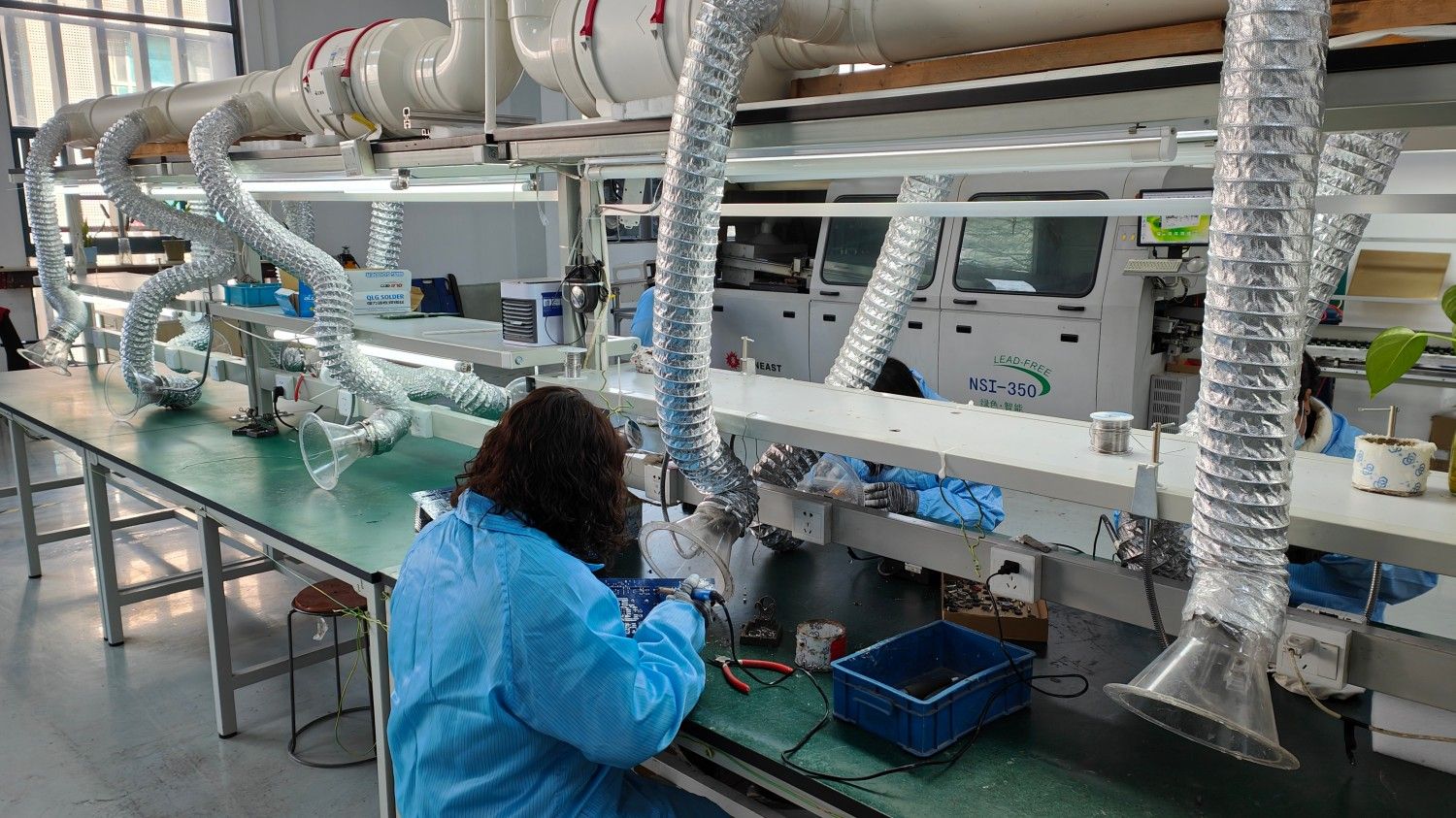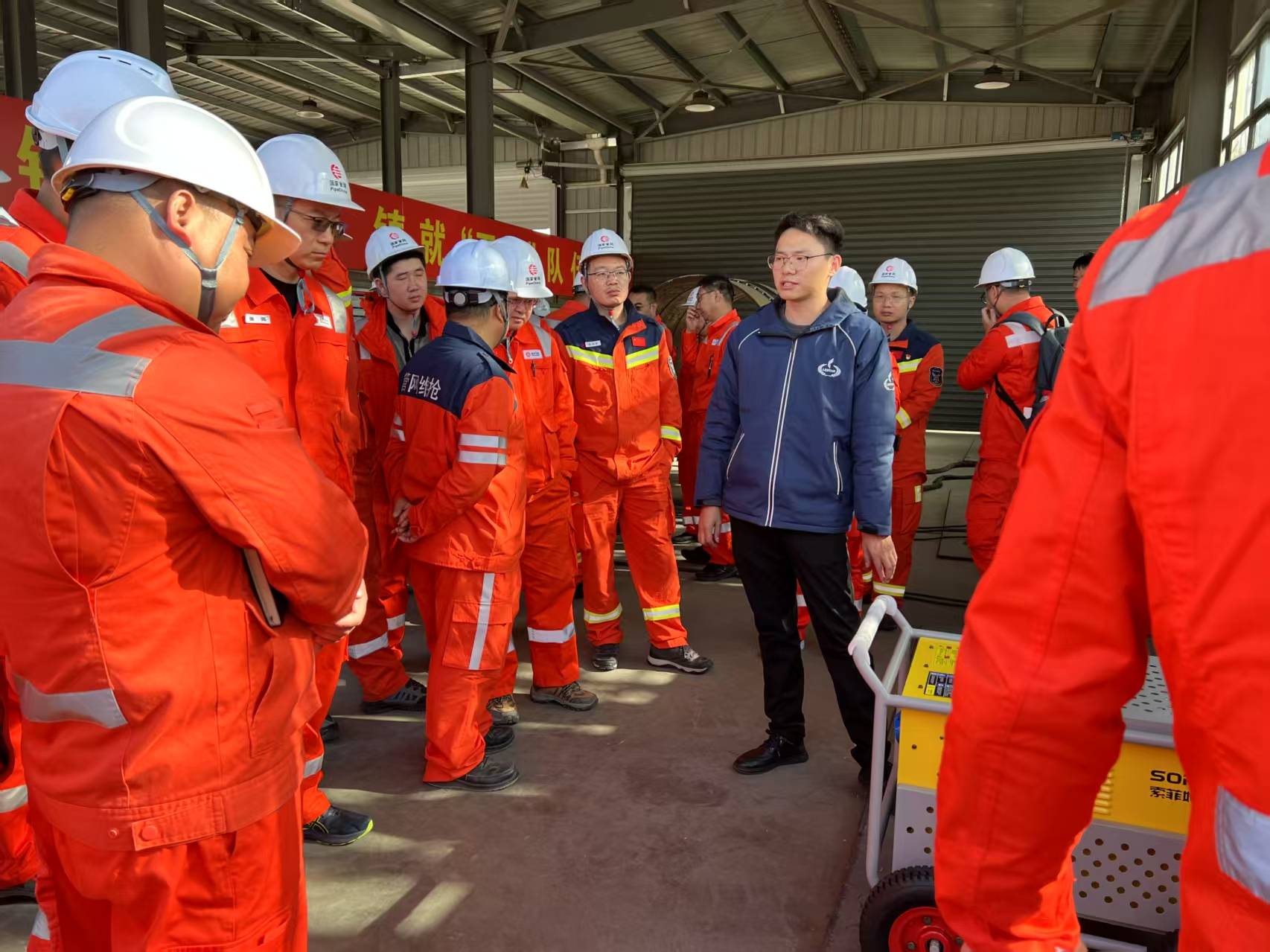I’ve been in the welding industry for over 20 years and have seen various trends come and go, but what about battery-powered welders? They’re more than just a trend. They’re true game changers.
Battery-powered welders offer unmatched portability, allowing welders to work in remote locations without the need for a generator or power outlet. This flexibility enhances efficiency and opens up new possibilities for on-site repairs and construction projects. For example, I remember we had to do a high rise repair, without battery powered, it would have taken much longer.
How Does Portability Enhance Welding with Batteries?
Ever tried lugging a generator and all your gear to a remote job site? It’s a pain, right?
I recall a project where we had to repair a fence miles from the nearest power source. Setting up the generator took longer than the actual welding! That’s where battery-powered welders shine. They let you weld anywhere, anytime, without the hassle. The portability isn’t just about convenience; it’s about efficiency and getting the job done faster.
The portability of battery-powered welders is one of their most significant advantages. I have spent over 20 years in welding industry. Let’s dive deeper into how this portability enhances welding operations:
Accessibility
Battery-powered welders allow access to previously unreachable welding locations.
Remote Locations: No need for generators or long extension cords in areas without power.
Confined Spaces: Easy maneuverability in tight spots where larger equipment can’t fit.
Elevated Areas: Simplifies welding on high structures or scaffolding.
Setup Speed
The quick setup time of battery-powered welders boosts productivity.
Reduced Setup Time: Eliminates the need to set up generators and run cords.
Immediate Start: Ready to weld as soon as you arrive at the job site.
Faster Project Completion: Speeds up overall project timelines.
Flexibility
With battery-powered welders, welders can adapt to various job requirements with ease.
On-the-Go Adjustments: Quickly move and adjust positions without restrictions.
Versatile Applications: Suitable for diverse welding tasks and environments.
Enhanced Problem-Solving: More adaptable to unexpected challenges on-site.
Safety
Portability contributes to safer working conditions by reducing hazards.
Reduced Tripping Hazards: Eliminates cords that can cause accidents.
Lower Noise Levels: No generator noise improves communication and reduces stress.
Fewer Emissions: Battery-powered units produce zero emissions, enhancing air quality.
Cost Efficiency
The portability of battery-powered welders can lead to cost savings.
No Fuel Costs: Eliminates the need for gasoline or diesel to power generators.
Reduced Labor Costs: Faster setup and increased efficiency reduce labor expenses.
Lower Maintenance Costs: Fewer maintenance requirements compared to generators.
Applications
The portability of battery powered welders mean more diverse work, which is why they can be used for many different things. Here are some of the most important:
Construction Sites: Quickly weld rebar, supports, and structural elements.
Agricultural Repairs: Fix farm equipment in the field without returning to the shop.
Emergency Repairs: Address damages after natural disasters or accidents.
DIY Projects: Tackle welding tasks in the yard or garage with ease.
To better understand the impact of battery powered welders, consider the following table outlining the differences between traditional and battery-powered options:
| Feature | Traditional Welder | Battery-Powered Welder |
| Portability | Limited | High |
| Setup Time | High | Low |
| Flexibility | Limited | High |
| Safety | Lower | Higher |
| Cost Efficiency | Lower | Higher |
The portability of battery-powered welders is a game-changer for many welding operations. The increased accessibility, faster setup, greater flexibility, enhanced safety, and improved cost efficiency make them a valuable asset for any welding professional.
The best things about having access
There is nothing better than a battery powered welder if you need to move around a lot.
What Battery Life Do You Need for Welding Tasks?
One of the biggest questions I get about battery-powered welders is, “How long will the battery last?”
I can tell you that the answer depends on the type of welding you’re doing, the amperage you’re using, and the battery capacity of your welder. Generally, for light-duty tasks, you can expect a few hours of welding time. For heavier tasks, you might need to swap out batteries or recharge more frequently. Understanding your needs and choosing a welder with the right battery life is key.
The battery life required for welding tasks is a critical consideration. I have spent over 20 years in welding industry. It directly affects productivity and efficiency. Let’s explore the factors that determine the ideal battery life for your welding needs:
Task Duration
The length of your welding tasks should guide your battery life requirements.
Short Tasks: For quick repairs or small projects, a shorter battery life may suffice.
Extended Tasks: For continuous welding or larger projects, longer battery life is essential.
Multiple Tasks: Consider the total welding time required throughout the day.
Welding Amperage
Higher amperage settings consume more battery power.
Low Amperage: For thin materials or precise work, lower amperage extends battery life.
High Amperage: For thicker materials or heavy-duty tasks, higher amperage reduces battery life.
Adjustable Settings: Choose a welder with adjustable amperage to optimize battery usage.
Material Thickness
The thickness of the material being welded impacts battery consumption.
Thin Materials: Require less heat and welding time, preserving battery life.
Thick Materials: Demand more heat and longer weld times, reducing battery life.
Multiple Passes: Using multiple passes on thick materials can balance heat input and battery consumption.
Welding Process
Different welding processes affect battery life differently.
Stick Welding (SMAW): Tends to use more power due to higher amperage requirements.
MIG Welding (GMAW): Can be more energy-efficient for longer, continuous welds.
TIG Welding (GTAW): Offers precise control but may drain the battery faster.
Battery Capacity
The battery’s capacity, measured in amp-hours (Ah), determines how long it can deliver power.
Higher Capacity: Provides longer welding times between charges.
Lithium-Ion Batteries: Offer high energy density and longer lifespans.
Multiple Batteries: Having spare batteries allows for quick swaps to minimize downtime.
Duty Cycle
The duty cycle—the amount of time a welder can operate within a 10-minute period—affects battery life.
High Duty Cycle: Allows for longer continuous welding, but may require a larger battery.
Moderate Duty Cycle: Suitable for intermittent welding tasks with breaks for cooling.
Overheating Protection: Prevents damage to the battery and welder from excessive use.
Applications
Battery life is critical, without enough your project might not be completed on time. Here are some tasks:
Construction Sites: Welding rebar, supports, and structural elements.
Agricultural Repairs: Fixing farm equipment in the field.
Emergency Repairs: Addressing damages after natural disasters or accidents.
DIY Projects: Tackling welding tasks in the yard or garage.
To help you determine the battery life you need, consider the following table:
| Welding Task | Amperage Required | Estimated Battery Life |
| Light Repairs | 40-60 Amps | 3-4 Hours |
| Medium Fabrication | 80-100 Amps | 2-3 Hours |
| Heavy-Duty Construction | 120-150 Amps | 1-2 Hours |
When you’re in the market for a battery powered welder, make sure that you get one with enough power to weld and with enough battery to finish the project.
Batteries
Batteries are not created equally, some are better than others and can last longer.
Are Battery Welders More Cost-Effective Than Traditional?
Cost is always a big factor when choosing welding equipment. So, are battery welders really worth the investment?
I can tell you that, in many cases, battery welders can be more cost-effective than traditional welders over the long term. While the initial purchase price might be higher, you save on fuel costs, maintenance, and electricity. Plus, the increased portability and efficiency can lead to faster project completion and reduced labor costs. It’s all about weighing the upfront investment against the long-term savings.
The cost-effectiveness of battery welders compared to traditional welders is a key consideration. I have spent over 20 years in welding industry. While the initial investment might be higher, the long-term operational savings can make battery welders a smart choice. Let’s examine the factors that influence their cost-effectiveness:
Initial Investment
The upfront cost of battery welders is often higher than traditional welders.
Technological Components: Battery-powered units include advanced battery technology and electronics, increasing the initial price.
Inverter Technology: High-efficiency inverters add to the cost.
Battery Costs: Batteries are a significant part of the initial investment.
Operational Costs
Battery welders can reduce operational costs compared to traditional welders.
Fuel Savings: Eliminates the need for gasoline or diesel to power generators.
Electricity Savings: Reduces reliance on grid electricity, lowering energy bills.
Maintenance Savings: Fewer moving parts mean less maintenance and repair costs.
Easy to use: Because they are so easy to use, there is also a reduction in errors.
Portability Benefits
The portability of battery welders contributes to cost savings.
Reduced Setup Time: Faster setup reduces labor costs and project timelines
Increased Accessibility: Welding in remote locations without power saves time and resources.
Versatile Applications: Suitable for diverse welding tasks and environments, maximizing usage.
Environmental Impact
Battery welders offer environmental benefits that can translate to cost savings.
Zero Emissions: Reduces carbon footprint and helps meet environmental regulations.
Lower Noise Levels: Reduces noise pollution and improves working conditions.
Sustainability: Promotes sustainable practices and enhances company image.
Applications
Reduced costs and increased efficiency mean that you save money and can work on more tasks with the same amount of time and money.
Construction Sites: Reduces the need for generators and fuel, saving on operational costs.
Agricultural Repairs: Fixes equipment in the field without the need for electricity, saving time and money.
Emergency Repairs: Addresses damages quickly and efficiently, reducing downtime and costs.
DIY Projects: Tackles welding tasks at home without the need for expensive power setups.
To illustrate the cost-effectiveness of battery welders, consider the following table:
| Cost Factor | Traditional Welder | Battery Welder |
| Initial Cost | Lower | Higher |
| Operational Costs | Higher | Lower |
| Maintenance Costs | Higher | Lower |
| Fuel/Electricity | High | Low |
| Environmental Impact | High | Low |
Battery welders offer a cost-effective solution for many welding applications. Make sure to keep track of where you welder is and who is using it.
What will this achieve?
This cost effectiveness can lead to bigger profits or being able to complete more tasks.
Battery powered welding can lead to great efficiency, safety and profit, which is why they are so amazing.If you need them, contact us now with 20 years of experience in battery powered welding machine production and delivery to provide you with service.




